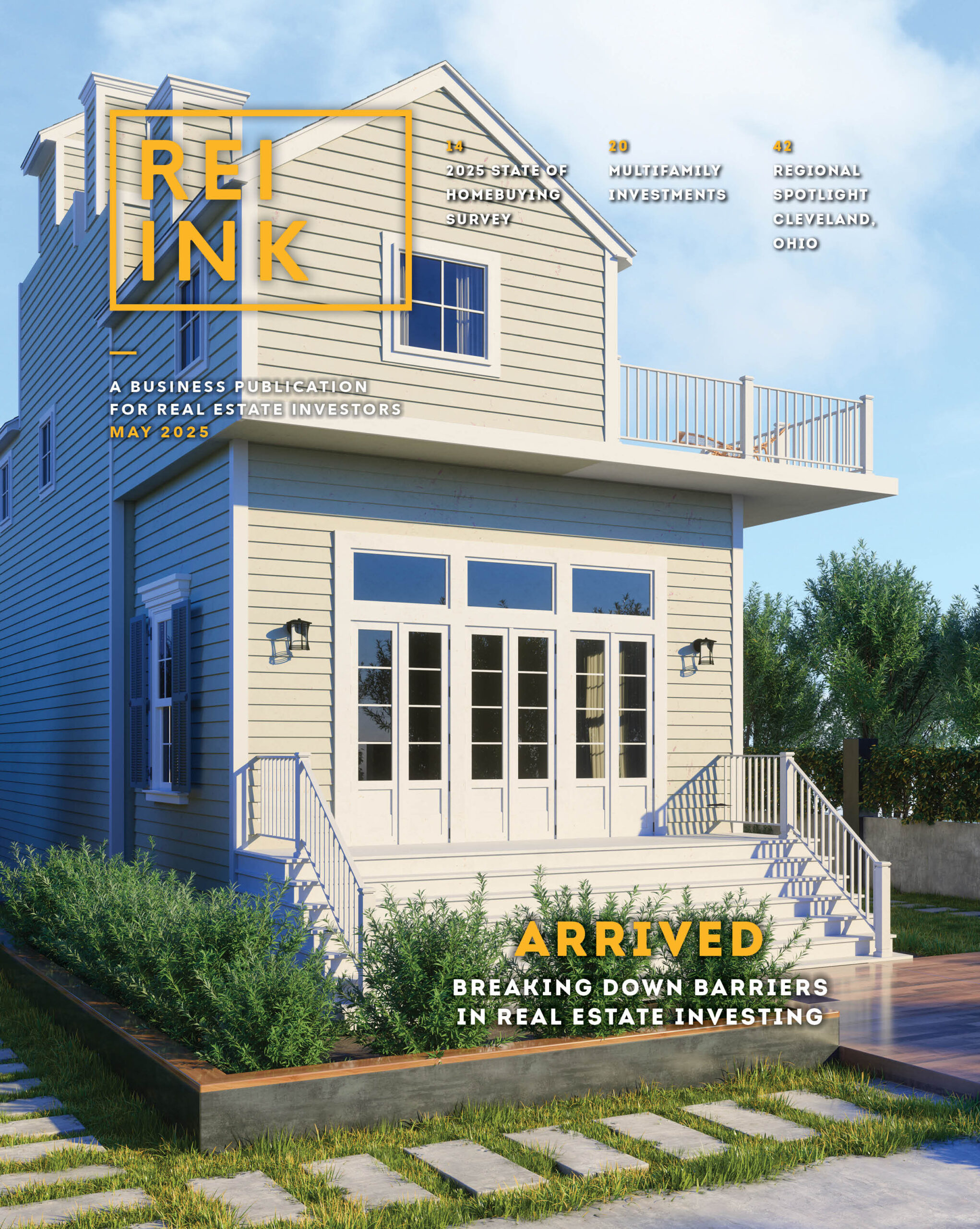The Market is Still Fundamentally Strong By Adam Stern For context, my firm provides Advisory and Investment Sales Services for regional builders looking to break into or expand in the Build-For-Rent segment, and showing them how to take residential projects and fit them into the Build-For-Rent...













